Home>Home Maintenance>What Is The Purpose Of A Ventilation System On A Boat
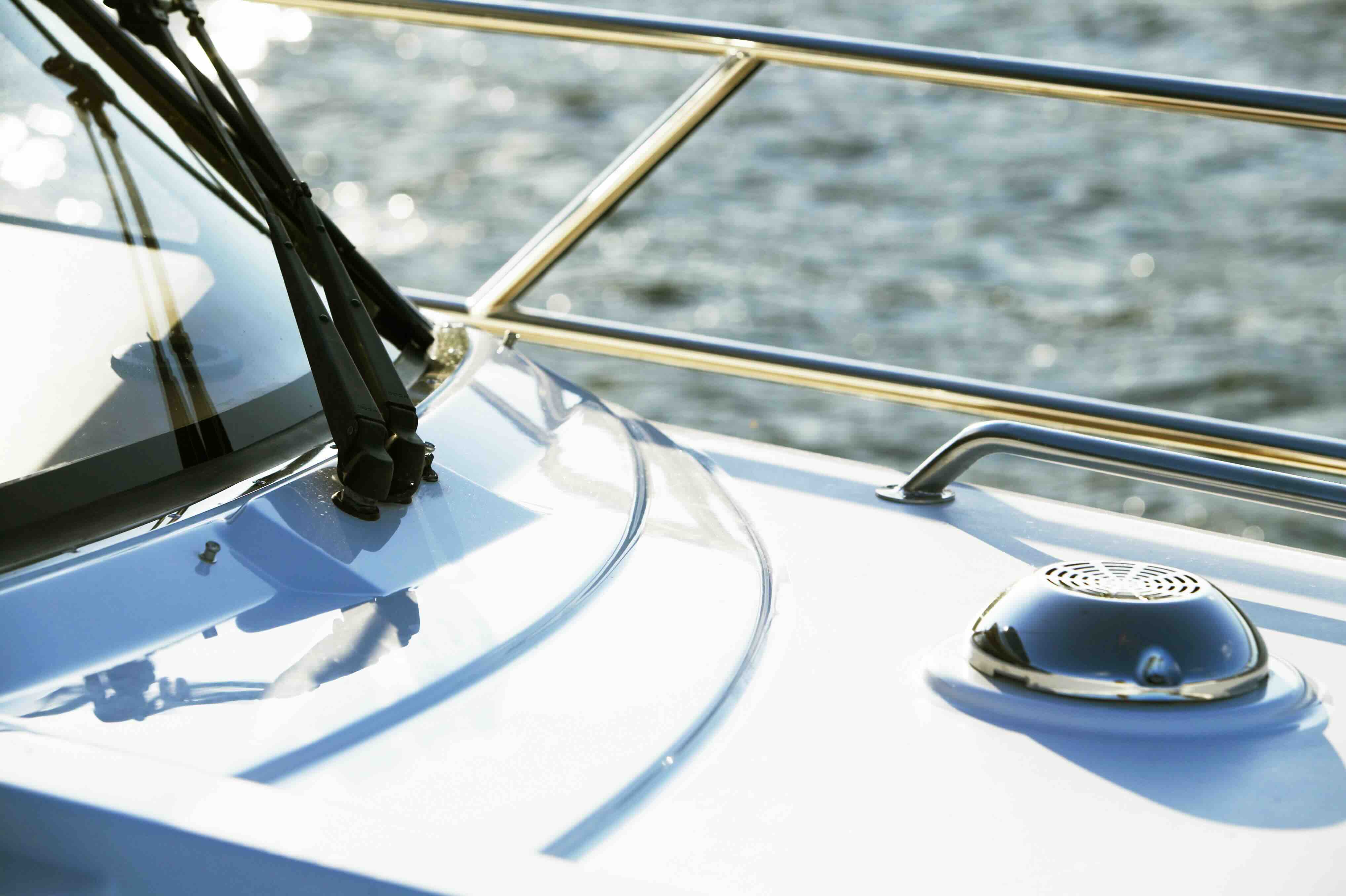

Home Maintenance
What Is The Purpose Of A Ventilation System On A Boat
Modified: March 6, 2024
Discover the significance of a well-functioning ventilation system on your boat, and how it contributes to maintaining a comfortable and safe environment at sea. Learn more about home maintenance for boats.
(Many of the links in this article redirect to a specific reviewed product. Your purchase of these products through affiliate links helps to generate commission for Storables.com, at no extra cost. Learn more)
Introduction
When it comes to owning a boat, ensuring the safety, comfort, and longevity of your investment is essential. One crucial aspect that often gets overlooked is the ventilation system. A ventilation system plays a vital role in maintaining a healthy and pleasant environment inside the boat. It helps to regulate temperature, control humidity, and prevent the buildup of harmful gases.
In this article, we will explore the importance of ventilation systems on boats and discuss their functions, types, benefits, and maintenance. Whether you are a seasoned boat owner or just starting your maritime journey, understanding the purpose and significance of a boat ventilation system is crucial in ensuring the overall well-being of both you and your vessel.
Key Takeaways:
- Proper boat ventilation systems are essential for maintaining a comfortable and safe environment by regulating temperature, controlling humidity, and eliminating harmful gases, ensuring a pleasant boating experience for all.
- Regular maintenance and troubleshooting of boat ventilation systems are crucial for optimal performance, ensuring efficient airflow, preventing odors, and addressing common issues such as reduced airflow and foul odors.
Read more: What Is A Picnic Boat
Importance of Ventilation Systems on Boats
Proper ventilation is of utmost importance on boats, regardless of their size or type. Without adequate ventilation, the cabin of a boat can become a breeding ground for mold, mildew, and unpleasant odors. Furthermore, stagnant air can lead to the accumulation of harmful gases, such as carbon monoxide, which can pose serious health risks.
One of the main reasons why ventilation systems are crucial on boats is to regulate temperature. In hot weather, the inside of a boat can quickly become unbearably hot and stuffy. A well-designed ventilation system allows for the circulation of fresh air, preventing the cabin from overheating. This is especially important in sleeping quarters and engine compartments that tend to get exceptionally hot.
Controlling humidity is another vital function of a ventilation system. As boats are typically exposed to high levels of moisture, whether from rain, waves, or condensation, excess humidity can cause damage to the interior of the boat. It can lead to the deterioration of both structural and cosmetic materials, such as wood, upholstery, and electronics. By providing adequate airflow, a ventilation system helps to reduce moisture and maintain the optimal humidity level, preventing the growth of mold and protecting the boat’s integrity.
In addition to temperature and humidity control, ventilation systems also play a crucial role in removing odors and ensuring a pleasant atmosphere inside the boat. Whether it’s the smell of cooking, fuel, or even the natural scent of the sea, these odors can easily linger and become unpleasant. A well-ventilated cabin helps to dissipate odors and replace them with fresh air, making the boating experience more enjoyable for everyone on board.
Furthermore, a properly functioning ventilation system is essential for the safety of boat occupants. It helps to eliminate the risk of carbon monoxide poisoning, which can be deadly. Carbon monoxide is produced by engines, generators, and other fuel-burning appliances commonly found on boats. Without proper ventilation, this odorless and colorless gas can accumulate in enclosed spaces, leading to serious health issues or even fatalities. A well-maintained ventilation system prevents the buildup of carbon monoxide, ensuring the safety of everyone on board.
In summary, ventilation systems are not just a luxury feature on boats, but a necessity. They provide numerous benefits, including temperature and humidity regulation, odor control, and most importantly, the safety of boat occupants. Regardless of the size or type of boat, investing in a reliable and efficient ventilation system is crucial for a comfortable and healthy boating experience.
Functions of a Ventilation System
A ventilation system on a boat performs several important functions to ensure the well-being of both the vessel and its occupants. Let’s take a closer look at these functions:
- Air Circulation: One of the primary functions of a ventilation system is to circulate air throughout the boat. By continuously drawing in fresh air and expelling stale air, the system helps to maintain a constant flow of oxygen. This improves air quality and prevents the buildup of stagnant air, which can lead to humidity and odors.
- Temperature Regulation: Another key function of a ventilation system is to regulate the temperature inside the boat. By introducing a constant flow of fresh air, the system helps to dissipate heat in hot weather. This prevents the interior of the boat from becoming excessively hot and uncomfortable.
- Humidity Control: Excess humidity can wreak havoc on a boat, causing mold, mildew, and damage to various materials. A ventilation system plays a crucial role in controlling humidity levels by removing moist air and replacing it with drier air. This helps to prevent the growth of mold and protects the boat’s interior from moisture-related issues.
- Odor Elimination: Cooking, fuel, and other activities can create lingering odors inside a boat. A ventilation system helps to dissipate these odors by continuously exchanging the air inside the cabin with fresh outdoor air. This improves the overall air quality and creates a more pleasant and odor-free environment.
- Removal of Harmful Gases: A ventilation system also aids in the removal of harmful gases, such as carbon monoxide, which can accumulate inside the boat. Carbon monoxide is produced by engines, generators, and other fuel-burning appliances. By ensuring proper airflow and exhaust ventilation, the system helps to expel these gases and maintain a safe and healthy environment.
- Moisture Control: In addition to controlling humidity, a ventilation system helps to manage moisture in other ways. It can assist in drying out wet or damp areas by promoting evaporation. This is particularly important in areas where water may enter the boat, such as the bilge or storage compartments.
- Engine Compartment Ventilation: A separate aspect of a ventilation system is dedicated to the engine compartment. Proper ventilation in this area helps to remove excess heat generated by the engine and prevents the accumulation of flammable gases. This ensures the safe operation and longevity of the boat’s engine.
By performing these critical functions, a ventilation system helps to maintain a comfortable, healthy, and safe environment on board. Whether it’s improving air quality, regulating temperature and humidity, eliminating odors, or removing harmful gases, a well-designed and properly maintained ventilation system is an indispensable component of any boat.
Types of Ventilation Systems for Boats
When it comes to boat ventilation systems, there are various types available, each designed to cater to specific needs and requirements. Let’s explore some of the most common types:
- Natural Ventilation: Natural ventilation relies on openings such as windows, hatches, or vents to allow the flow of air into and out of the boat. It takes advantage of natural airflow created by wind and temperature differentials to circulate air. While this type of ventilation is simple and cost-effective, it may not be sufficient in certain weather conditions or in enclosed spaces without proper airflow.
- Mechanical Ventilation: Mechanical ventilation systems use electric fans or blowers to actively move air into and out of the boat. They are typically more powerful and effective than natural ventilation systems. A mechanical ventilation system can be installed in strategic locations throughout the boat to ensure proper airflow. It can be operated manually or automatically, depending on the specific design.
- Passive Ventilation: Passive ventilation systems make use of design features to facilitate airflow without the need for mechanical components. This can include the use of baffles, vents, ducts, and venturi systems. Passive ventilation systems are often designed to take advantage of natural wind pressure and temperature differentials to create a flow of air. They are energy-efficient and relatively low maintenance.
- Forced Ventilation: Forced ventilation systems utilize powerful blowers or fans to forcefully circulate air throughout the boat. They are commonly used in larger boats or areas that require enhanced airflow. Forced ventilation systems are effective in removing stagnant air, controlling temperature, and improving air quality. These systems typically have adjustable speed settings to allow for varying airflow requirements.
- Bilge Ventilation: Bilge ventilation systems are specifically designed to remove moisture, fumes, and gases from the boat’s bilge area. They prevent the accumulation of harmful gases, such as fuel vapors, by actively extracting them and expelling them outside the boat. Bilge ventilation systems are essential for maintaining a safe and odor-free environment in the lower compartments of the boat.
It’s important to note that boats may utilize a combination of different ventilation systems depending on their size, configuration, and specific requirements. The choice of ventilation system will depend on factors such as the boat’s layout, the number of compartments requiring ventilation, the intended use of the boat, and the local climate conditions.
Regardless of the type chosen, it is crucial to ensure that the ventilation system is properly installed, maintained, and regularly inspected for optimal performance. A well-designed and efficiently operating ventilation system will contribute to the overall safety, comfort, and longevity of your boat.
Benefits of Proper Ventilation on Boats
Proper ventilation on boats offers a plethora of benefits, improving comfort, safety, and the overall boating experience. Let’s delve into some of the key advantages:
- Regulated Temperature: A properly ventilated boat ensures a comfortable environment by regulating the temperature inside. In hot weather, ventilation systems help to dissipate heat, preventing the cabin from becoming uncomfortably hot and stuffy. Conversely, in colder conditions, ventilation systems can prevent condensation and maintain a moderate temperature, protecting sensitive equipment and preventing mold growth.
- Mold and Moisture Prevention: Moisture is a common problem on boats due to their exposure to water. Without sufficient ventilation, condensation can accumulate, leading to mold, mildew, and rot. Proper ventilation aids in reducing humidity levels, removing excess moisture, and preventing the growth of mold and mildew. This not only protects the boat’s structural integrity but also promotes a healthier living environment.
- Improved Air Quality: Ventilation systems are highly effective at improving the air quality inside the boat. They help to remove stale air, unpleasant odors, and airborne pollutants, replacing them with fresh outdoor air. This ensures a cleaner and healthier breathing environment for boat occupants, especially during extended periods spent on the water.
- Circulation of Fresh Air: A well-ventilated boat promotes the circulation of fresh air, creating a more pleasant and comfortable atmosphere for everyone on board. By continuously bringing in fresh air and expelling stagnant air, ventilation systems eliminate stuffiness and create an inviting space to relax and enjoy the boating experience.
- Prevention of Carbon Monoxide Buildup: Carbon monoxide (CO) is a colorless, odorless gas that can be life-threatening when accumulated in enclosed spaces. Proper ventilation helps to remove CO emissions from fuel-burning appliances, such as engines and generators, reducing the risk of CO poisoning. It is essential to have efficient ventilation systems and properly maintain them to ensure the safety of everyone on board.
- Protection of Electronics and Equipment: Electric and electronic equipment, including navigation systems, radios, and entertainment systems, are susceptible to damage from excessive heat and moisture. Proper ventilation prevents the buildup of heat and humidity, extending the life of electronics and equipment and minimizing the risk of malfunctions or failures.
- Pleasant Living Environment: A well-ventilated boat creates a more enjoyable and comfortable living environment. It helps to maintain a fresh and clean interior, free from unpleasant odors, excessive heat, or dampness. This contributes to a positive boating experience, allowing occupants to relax, unwind, and fully appreciate their time on the water.
In summary, the benefits of proper ventilation on boats are extensive. From regulating temperature and preventing mold to improving air quality and ensuring safety, a well-designed and maintained ventilation system enhances the overall comfort and longevity of the boat. Whether for day trips or extended journeys, investing in a reliable ventilation system is an indispensable aspect of boat ownership that should not be overlooked.
A ventilation system on a boat helps to remove stale air, reduce humidity, and prevent mold and mildew. It also helps to eliminate odors and improve air quality inside the boat. Regular maintenance of the ventilation system is important to ensure it functions properly.
Read more: What Is The Purpose Of A Lamp
Factors to Consider in Designing a Boat Ventilation System
Designing an effective boat ventilation system requires careful consideration of several key factors to ensure optimal performance and functionality. Let’s explore some important considerations:
- Boat Size and Layout: The size and layout of the boat play a crucial role in determining the ventilation system design. Larger boats may require multiple ventilation points and fans, while smaller vessels may suffice with a single system. Understanding the layout of different compartments and how air circulates within the boat is essential to determine the most effective placement of ventilation components.
- Number of Compartments: A boat may consist of various compartments that require ventilation, such as cabins, engine rooms, and storage areas. Each compartment should be considered individually to assess its specific ventilation needs. Factors to consider include the size of the compartment, the amount of airflow required, and any specialized equipment or appliances present.
- Natural Airflow: Taking advantage of natural airflow is essential in designing an efficient ventilation system. Consider the placement and size of windows, hatches, and vents to maximize the flow of fresh air. Designing a system that allows for cross-ventilation by strategically placing ventilation openings on different sides of the boat can help promote effective air circulation.
- Ventilation Type: Consider the specific type of ventilation system that best suits the needs of your boat. Factors to consider include the boat’s size, the intended use of the boat, local climate conditions, and the desired level of control and automation. Mechanical ventilation systems may be more suitable for larger boats or enclosed spaces, while natural or passive systems may be sufficient for smaller vessels or areas with good airflow conditions.
- Power Source: Mechanical ventilation systems may require a power source, such as a boat’s electrical system or a dedicated battery. Consider the power requirements and ensure that the boat’s electrical system can handle the additional load. In some cases, alternative power sources, such as solar panels or wind turbines, can be considered for more sustainable ventilation solutions.
- Noise and Vibration: Ventilation systems can generate noise and vibration that may impact the comfort of occupants or interfere with sensitive equipment. Consider the noise levels and vibrations produced by the ventilation system components, such as fans or blowers, and ensure that they are sufficiently dampened or isolated to minimize any disturbances.
- Maintenance Access: Accessibility for cleaning, maintenance, and repairs is another crucial factor. Ensure that ventilation components, such as filters or ductwork, are easily accessible and can be regularly inspected and cleaned. This will help maintain the efficiency and longevity of the ventilation system.
- Regulatory Requirements: Familiarize yourself with any regulatory requirements or guidelines related to boat ventilation systems in your area. Certain jurisdictions may have specific regulations in place regarding ventilation in enclosed spaces or engine compartments. Ensure that your ventilation system design complies with these regulations to ensure the safety and legality of your boat.
By considering these factors during the design phase, you can create an effective and efficient boat ventilation system that meets the specific needs of your vessel. Consulting with a professional or experienced marine engineer may also provide valuable insights and guidance in designing the most suitable system for your boat.
Proper Maintenance of Boat Ventilation Systems
Maintaining a boat ventilation system is crucial to ensure its optimal performance and longevity. Regular maintenance helps to prevent issues such as reduced airflow, malfunctions, and potential safety hazards. Here are some key maintenance practices to keep your boat ventilation system in top condition:
- Regular Inspections: Conduct regular inspections of the ventilation system to identify any signs of wear or damage. Check for loose connections, cracks, or blockages in the ventilation ducts, fans, and vents. Inspect the ventilation system components for proper operation and ensure that any electrical connections are secure.
- Clean Ventilation Components: Clean the ventilation components, such as fans, vents, and filters, on a regular basis. Dust, dirt, and debris can accumulate and reduce the efficiency of the system. Use a vacuum or soft brush to remove any dirt or debris from the components. Clean or replace ventilation filters as recommended by the manufacturer to maintain proper airflow.
- Clear Blockages: Ensure that all ventilation openings, such as windows, hatches, and vents, are clear of any obstructions. Remove any debris or objects that may impede airflow and prevent proper ventilation. Pay attention to the exterior ventilation openings to prevent the entry of pests or nesting animals.
- Check and Clean Bilge Ventilation: If your boat has a bilge ventilation system, regularly check and clean the bilge vents. Inspect for any clogs or blockages that may hinder the proper removal of moisture, fumes, or gases from the bilge area. Clear any debris or foreign objects and ensure that the bilge ventilation system is free of any restrictions.
- Inspect Electrical Components: If your boat’s ventilation system includes electrical components, such as fans or blowers, inspect the electrical connections regularly. Check for any signs of damage, loose wires, or corrosion. Ensure that all electrical connections are secure, and if any issues are detected, consult a professional to address them promptly.
- Maintain Proper Ventilation in Storage: Ensure proper ventilation, even when the boat is in storage. Stagnant air can still lead to moisture buildup and odors. Open windows or hatches when possible, or consider using passive vent systems to maintain airflow and prevent musty smells or mold growth. Inspect storage areas regularly for any signs of moisture or mold and address any issues promptly.
- Consult Manufacturer Guidelines: Refer to the manufacturer’s guidelines or owner’s manual for specific maintenance instructions for your boat’s ventilation system. Follow any recommended maintenance schedules, procedures, or requirements provided by the manufacturer to ensure proper care and the best performance of your ventilation system.
- Professional Servicing: If you are unsure about any aspects of maintaining your boat’s ventilation system or suspect any significant issues, it is wise to seek professional servicing. A qualified marine technician can inspect, clean, and service the ventilation system thoroughly to ensure its optimal performance and safety.
By following these maintenance practices, you can keep your boat’s ventilation system functioning efficiently and effectively. Regular inspections, cleaning, and addressing any issues promptly will contribute to a comfortable and safe boating experience, ensuring the well-being of both you and your vessel.
Common Issues and Troubleshooting Tips for Boat Ventilation Systems
Boat ventilation systems are prone to certain common issues that may affect their performance and efficiency. Understanding these issues and knowing how to troubleshoot them can help you address problems promptly and keep your ventilation system running smoothly. Here are some common issues and troubleshooting tips:
- Reduced Airflow: If you notice reduced airflow from your ventilation system, it may be due to clogged filters or obstructed vents. Clean or replace the filters as recommended by the manufacturer to ensure unrestricted airflow. Clear any debris or blockages from the vents or ducts to restore proper airflow.
- Strange Noises: Unusual noises coming from the ventilation system, such as rattling, grinding, or squeaking sounds, may indicate a problem. Check for loose or damaged components, such as fan blades or motors, and tighten or repair them as necessary. If the issue persists, consult a professional for further inspection and repair.
- Foul Odors: If your ventilation system is emitting unpleasant odors, it may be due to mold or mildew growth in the ducts or filters. Clean or replace the filters, and if necessary, disinfect the ducts using an appropriate cleaner. Ensure proper airflow to prevent the accumulation of stagnant air that can cause odors.
- Inadequate Cooling or Heating: If the ventilation system is not effectively controlling the temperature inside the boat, it may indicate a problem with the fans or blowers. Inspect the fans for any damage or malfunction, and ensure that they are operating at the correct speed. If the cooling or heating issue persists, it may be necessary to consult a professional for further diagnosis and repair.
- Excessive Heat in Engine Compartment: If the engine compartment of your boat is consistently too hot, it can lead to engine damage and reduced performance. Ensure that the engine compartment ventilation system is functioning properly, delivering adequate airflow to dissipate heat. Check for any blockages in the vents or ducts, and make sure the fans or blowers are functioning correctly.
- Electrical Issues: If your boat’s ventilation system is experiencing electrical problems, such as a fan not turning on or intermittent power supply, it could be due to loose connections or wiring issues. Inspect the electrical connections, and if you see any signs of damage, corrosion, or loose wires, tighten or repair the connections. If the issue persists, consult a professional to address the electrical problem.
- Insufficient Ventilation in Specific Areas: If certain areas of your boat have inadequate ventilation, it may require additional ventilation solutions. Consider installing additional vents, fans, or ducts in those areas to improve airflow. Ensure that the new ventilation components are compatible with the existing system and consult a professional if needed.
- Carbon Monoxide Buildup: Carbon monoxide (CO) is a significant safety concern on boats. If you suspect a carbon monoxide issue, ensure that your ventilation system is effectively removing CO emissions from the boat’s interior. Check for any leaks or malfunctioning appliances that may produce CO. Install CO detectors in appropriate locations for added safety, and if necessary, seek professional assistance to address any CO-related concerns.
It is essential to note that if you are unsure about how to troubleshoot or address any issues with your boat’s ventilation system, it is advisable to consult a professional marine technician. They have the expertise to diagnose and resolve complex problems and ensure the proper functioning of your boat’s ventilation system for a safe and comfortable boating experience.
Conclusion
A well-designed and properly maintained ventilation system is a vital component of any boat. It ensures a comfortable, safe, and enjoyable boating experience for both the vessel and its occupants. The importance of proper ventilation cannot be overstated, as it plays a significant role in regulating temperature, controlling humidity, eliminating odors, and preventing the buildup of harmful gases.
By understanding the functions and types of boat ventilation systems, as well as the benefits they provide, boat owners can make informed decisions about the design and installation of their ventilation systems. Factors such as boat size and layout, natural airflow, ventilation type, power source, and regulatory requirements should be carefully considered to ensure optimal performance.
Proper maintenance of a boat’s ventilation system is also crucial. Regular inspections, cleaning of components, and clearing of any blockages or obstructions are essential to keep the system functioning efficiently. Monitoring for common issues such as reduced airflow, strange noises, foul odors, and inadequate cooling or heating allows for timely troubleshooting and resolution. Seeking professional assistance when needed ensures that any problems with the ventilation system are properly diagnosed and addressed.
In conclusion, a well-designed and well-maintained boat ventilation system brings numerous benefits, including enhanced comfort, improved air quality, mold and moisture prevention, and the elimination of health and safety risks associated with carbon monoxide buildup. By prioritizing proper ventilation, boat owners can provide a healthier, more comfortable environment for themselves and their guests, prolong the life of their vessel, and maximize the enjoyment of their boating adventures.
Frequently Asked Questions about What Is The Purpose Of A Ventilation System On A Boat
Was this page helpful?
At Storables.com, we guarantee accurate and reliable information. Our content, validated by Expert Board Contributors, is crafted following stringent Editorial Policies. We're committed to providing you with well-researched, expert-backed insights for all your informational needs.

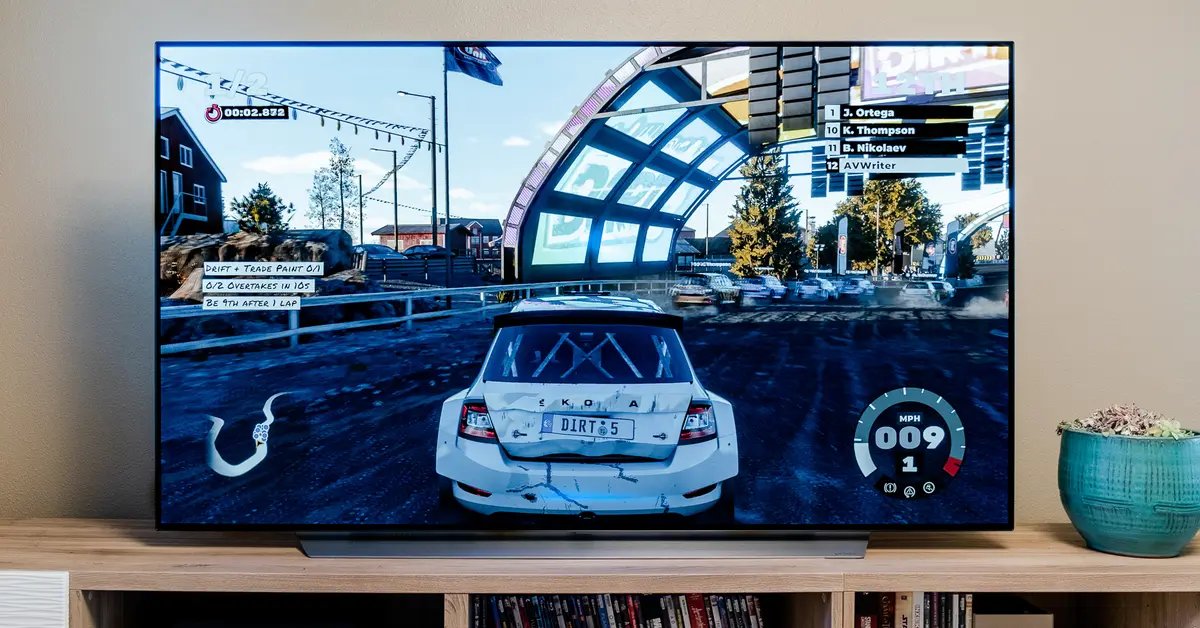


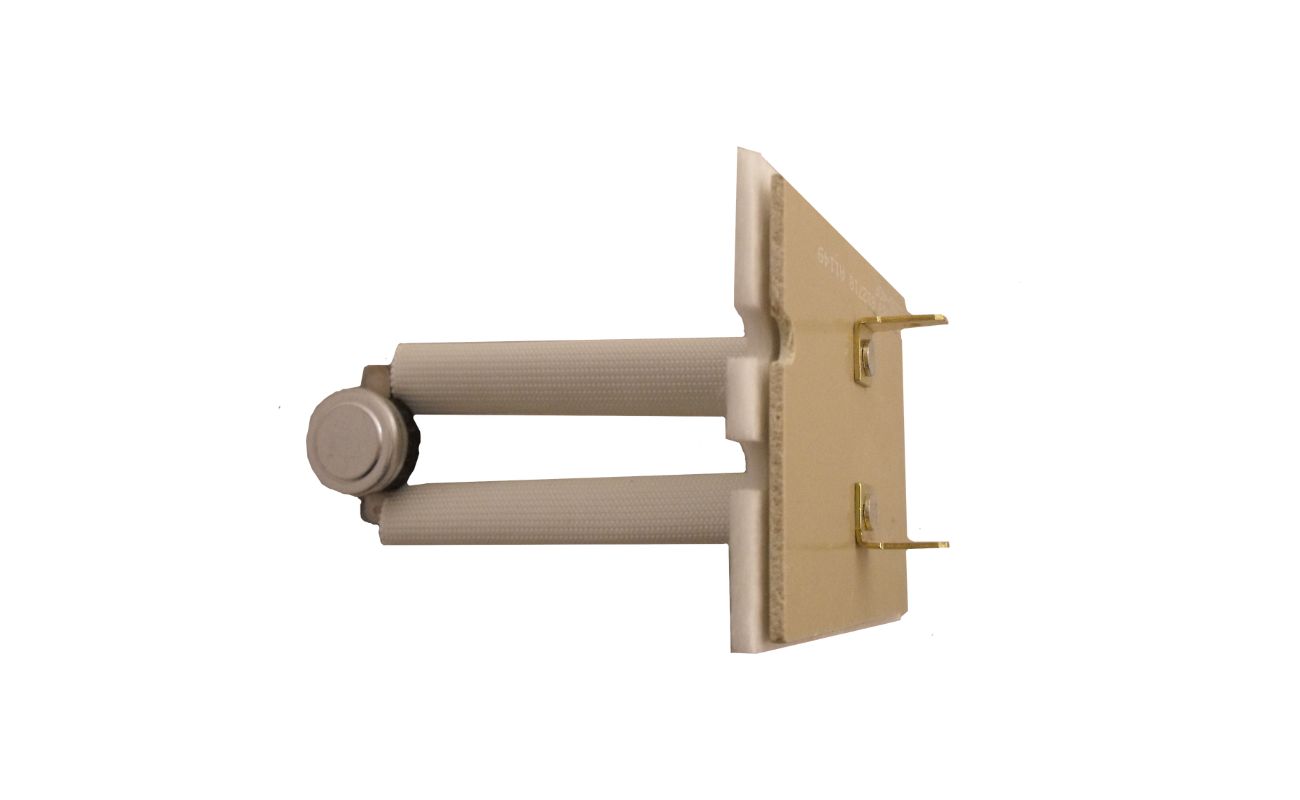
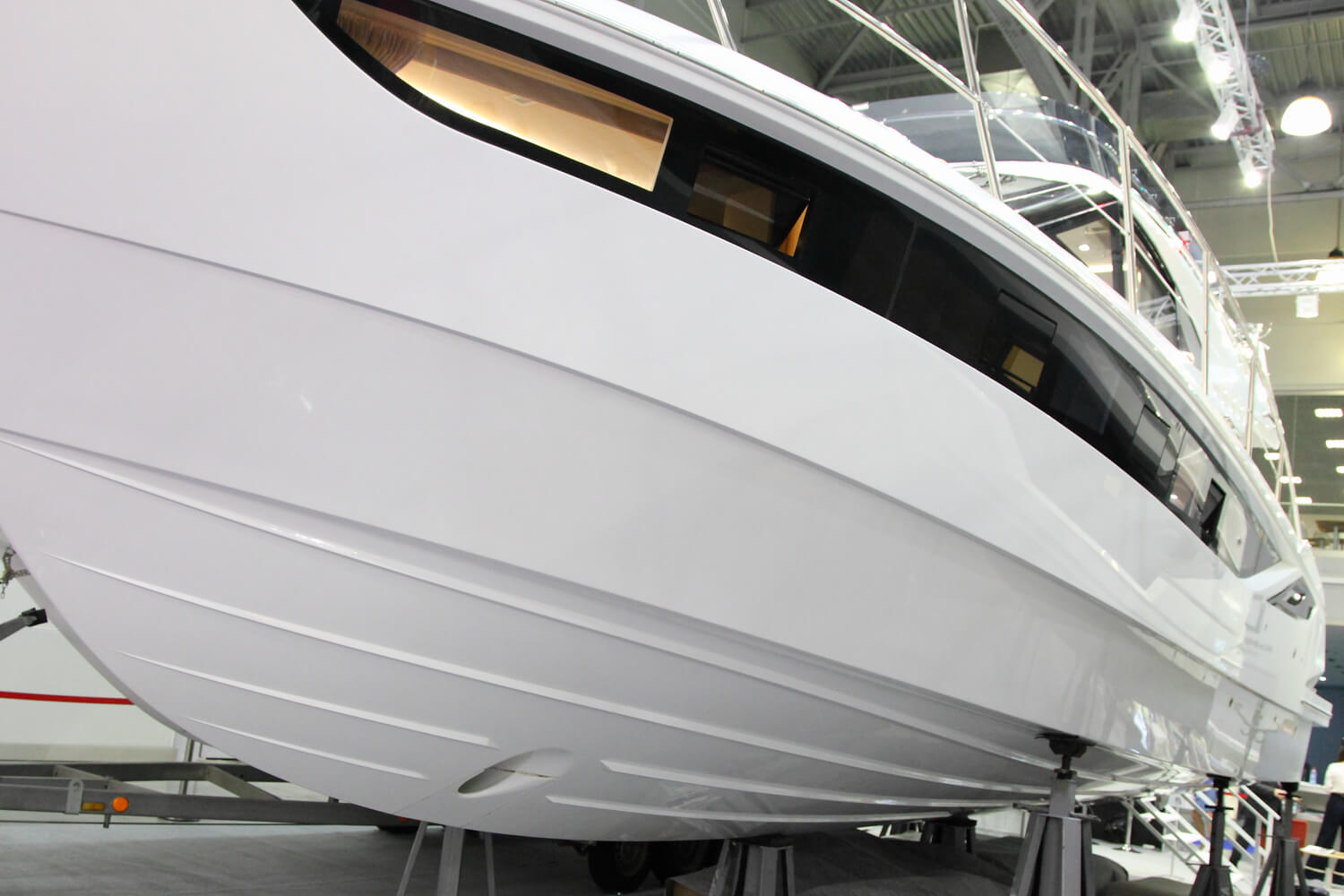
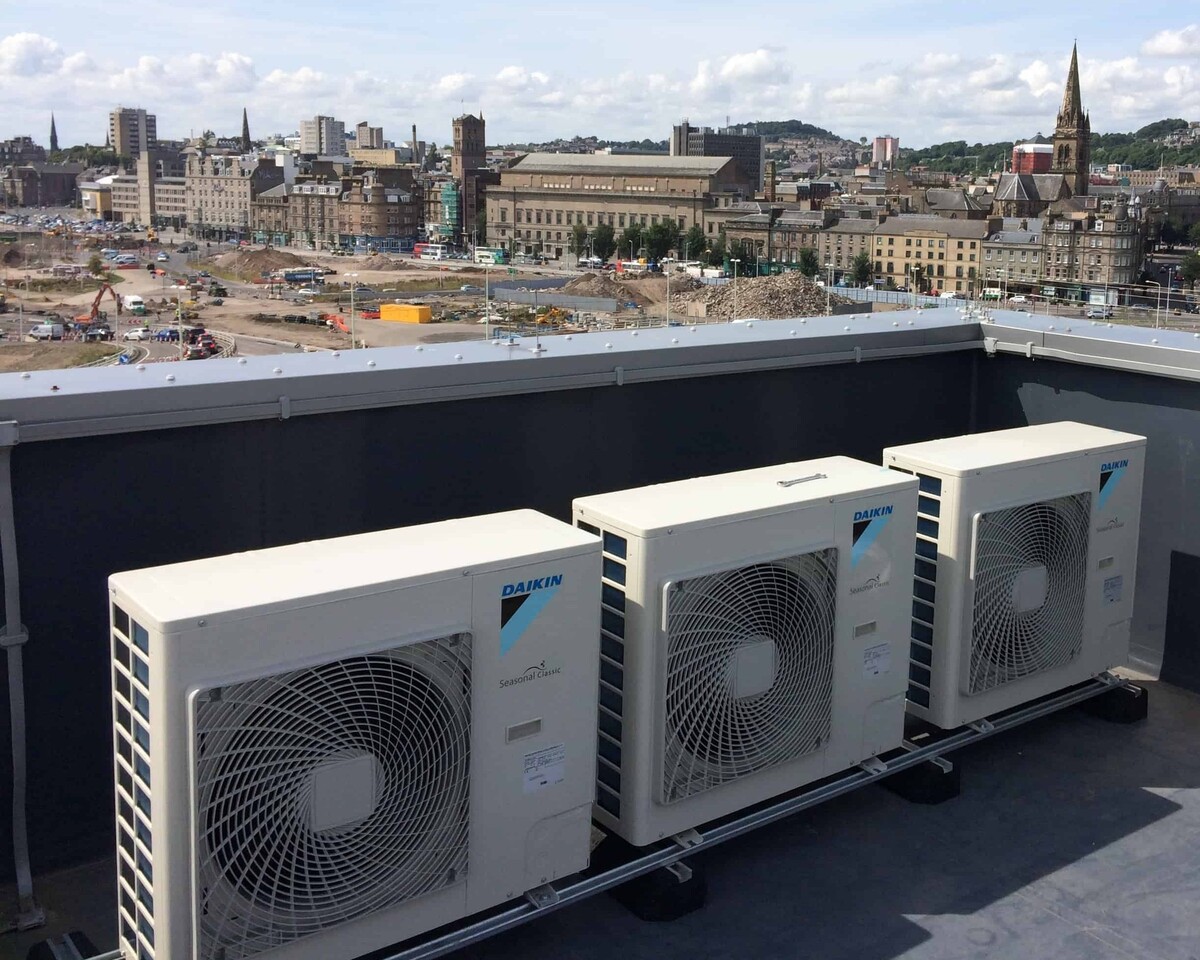

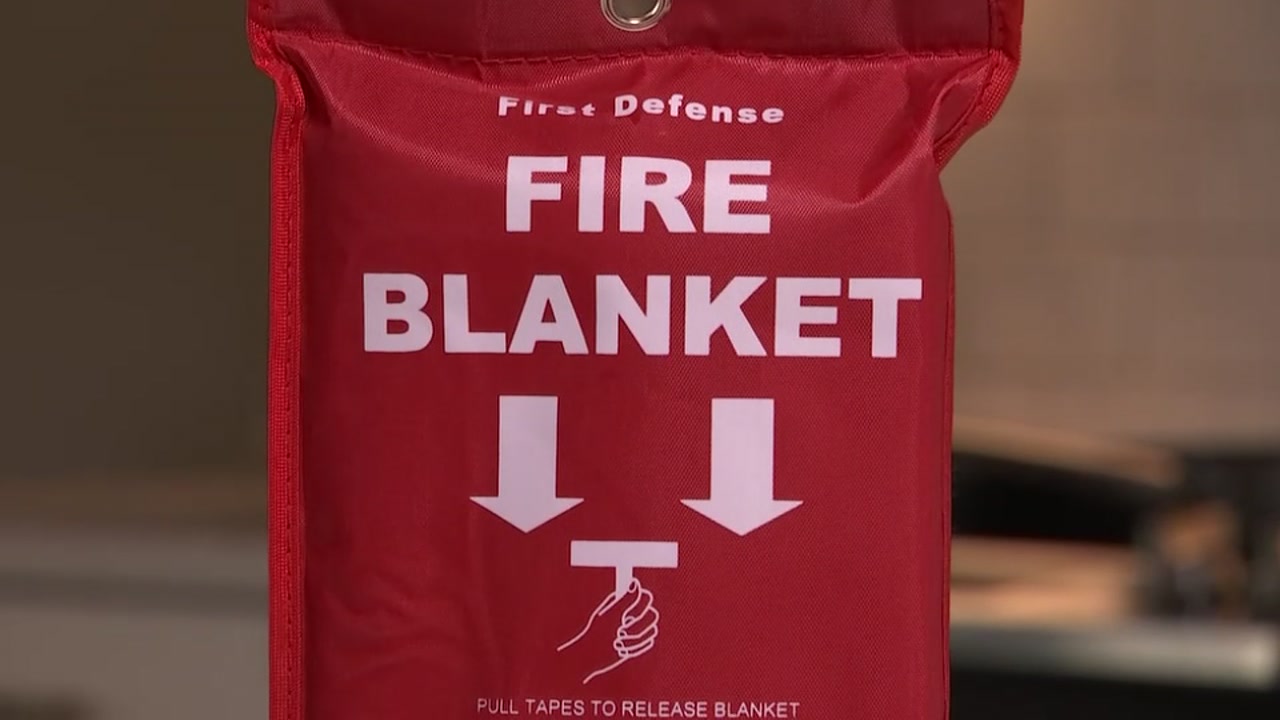


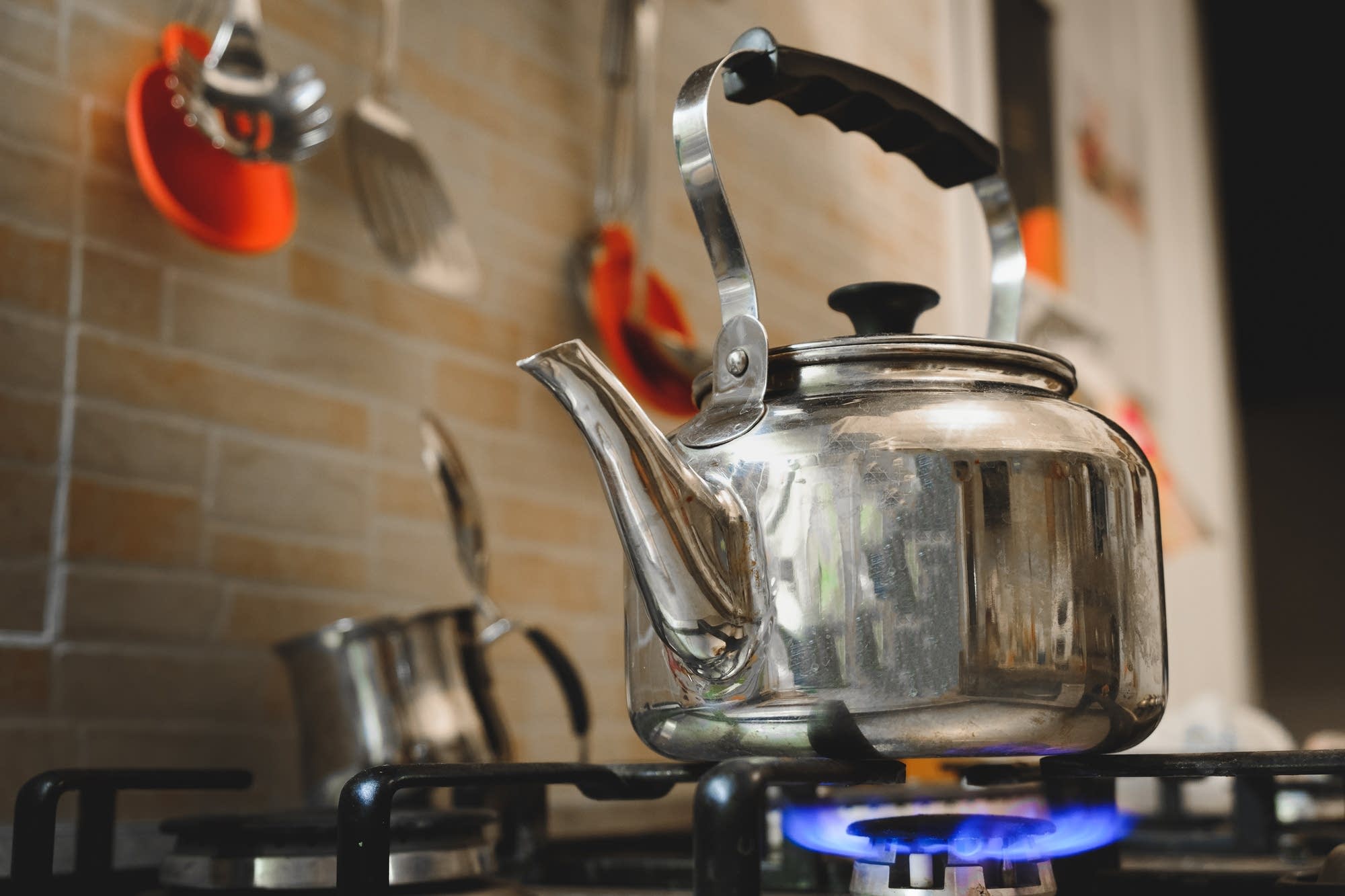
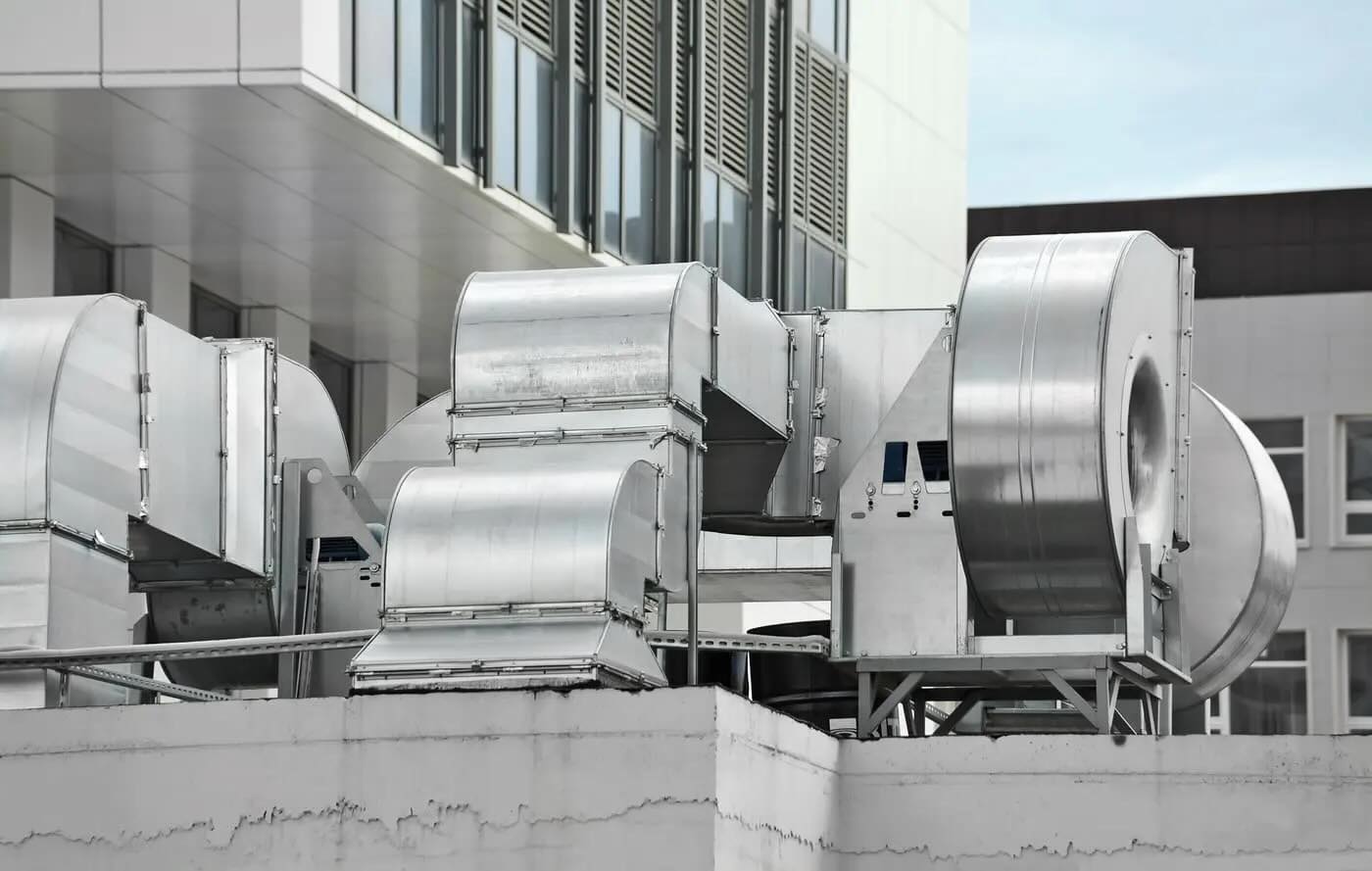
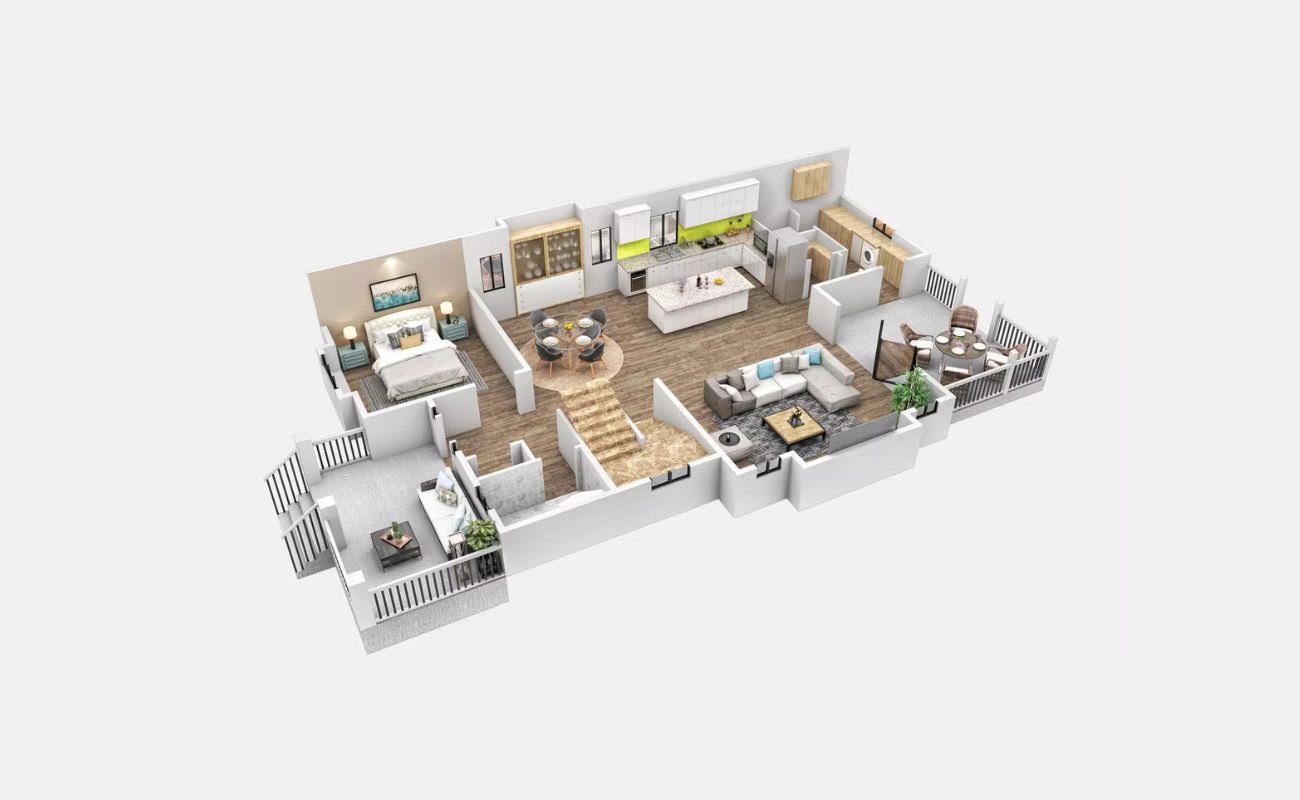

0 thoughts on “What Is The Purpose Of A Ventilation System On A Boat”